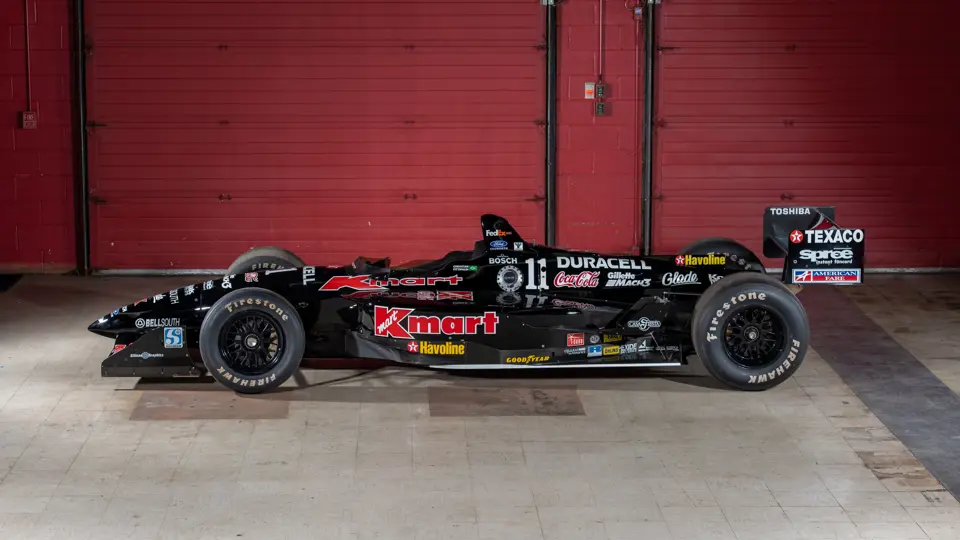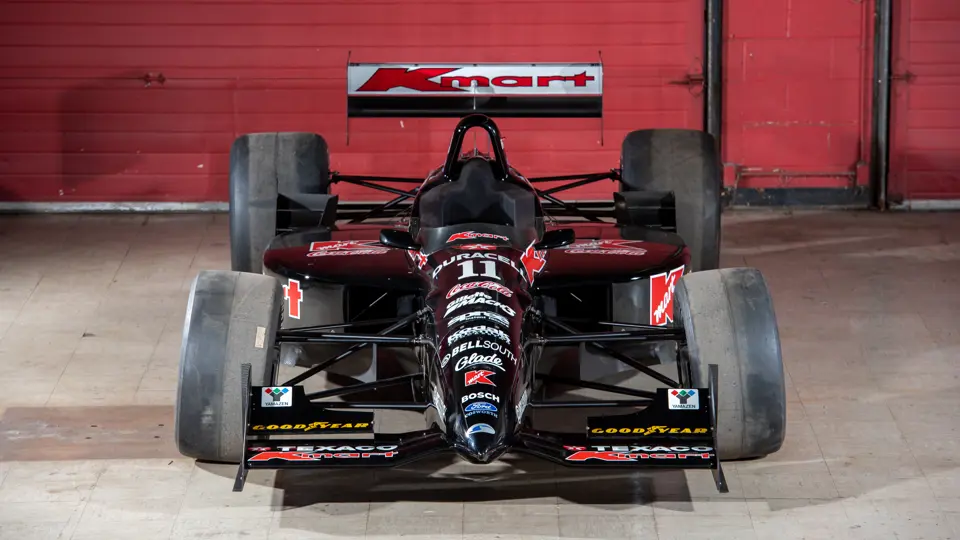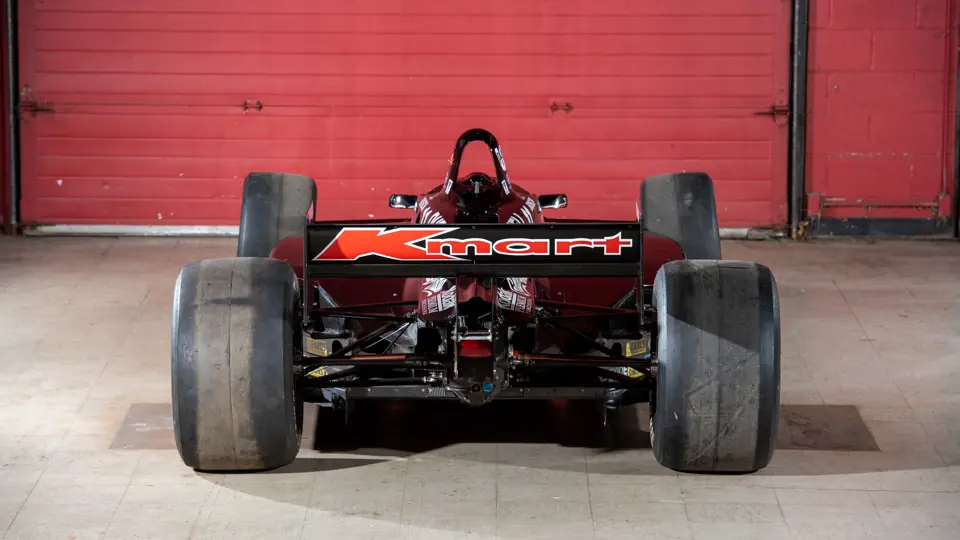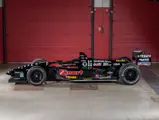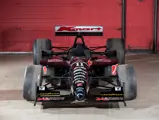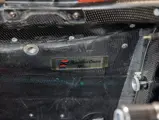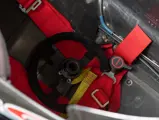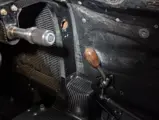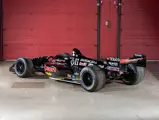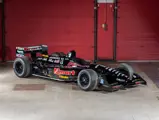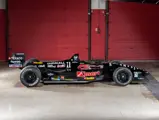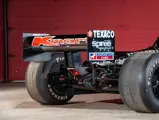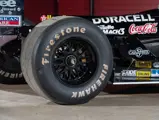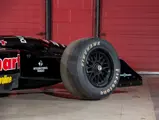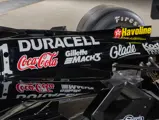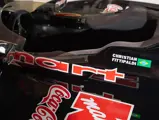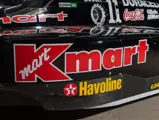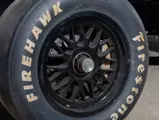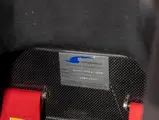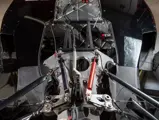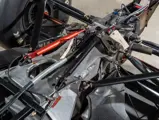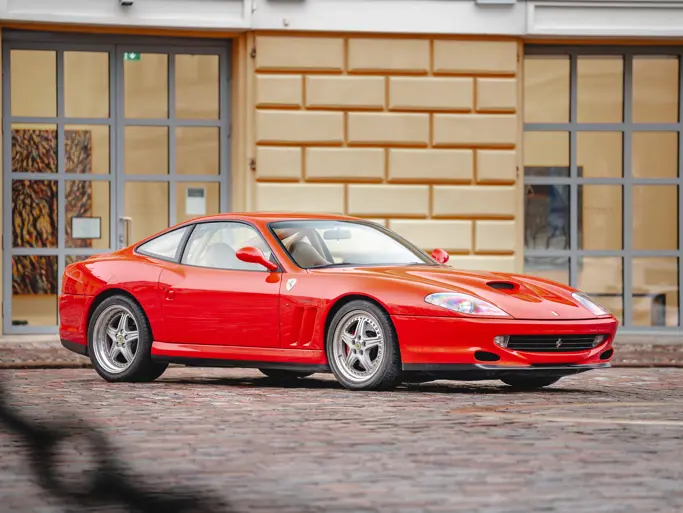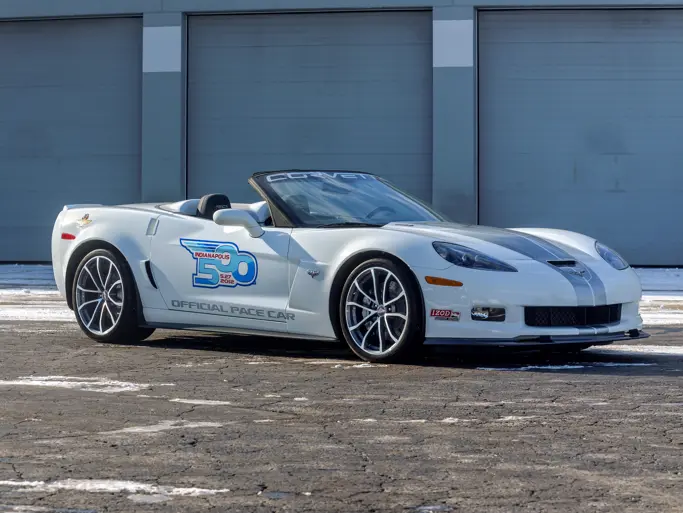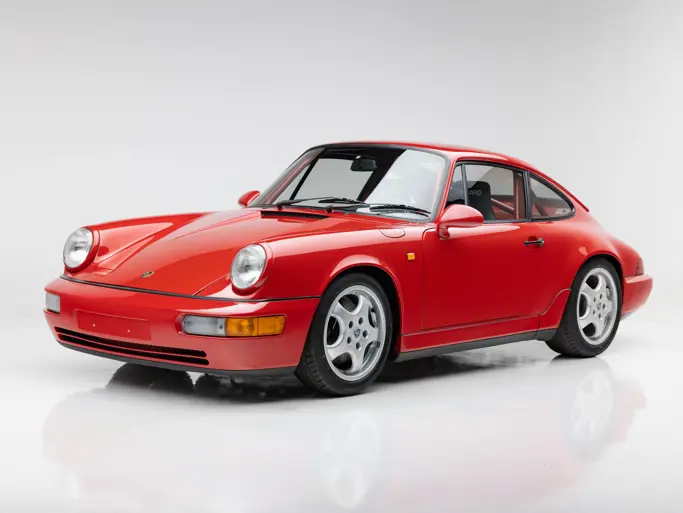
1998 Swift-Ford 009.c
{{lr.item.text}}
$39,200 USD | Sold
{{bidding.lot.reserveStatusFormatted}}
- Piloted by Christian Fittipaldi throughout the 1998 CART FedEx Championship Series
- Secured a podium finish at the Honda Indy 300 in Surfers Paradise, Australia
- Contested 11 out of the 19 events throughout the year
- All-American made chassis by Swift Engineering
CHASSIS 003
Piloted by Christian Fittipaldi and Roberto Moreno throughout the 1998 CART FedEx Championship Series, Swift-Ford 009.c chassis 003 contested 11 out of the 19 races throughout the year. During this campaign, 6,000 miles of running were accrued on four continents.
Achieving a wide array of results, the chassis scored points finishes at the Grand Prix of Cleveland, Bosch Spark Plug Grand Prix in Nazareth, Pennsylvania, and the Honda Grand Prix of Monterey in California. Additionally, Fittipaldi ran the fastest race lap on the street course at Exhibition Place in Toronto.
The penultimate event of the season, the Honda Indy 300 in Surfers Paradise, Australia, saw the car’s greatest result. Fittipaldi achieved his best starting position of the season with a spot on the second row and navigated the demanding street circuit to take home his second trophy of the season by finishing 3rd.
SWIFT ENGINEERING
Ahead of the 1997 season, Newman/Haas Racing entered a partnership with Swift Engineering of San Clemente, California. It was a bold decision at the time, making Swift the only American-built chassis on the grid when it debuted.
Established in 1983, Swift had gained a large amount of motorsports experience constructing junior open-wheel racing cars prior to jumping into the IndyCar arena. Backed by the resources of Ford Motorsports engineering and a team including Dr. Mark Hanford, Peter Gibbons, and Brian Lisle, the brand-new chassis was conceived with assistance from state-of-the-art computer design software.
However, Swift’s rolling road wind tunnel, one of the most advanced of its type at the time, proved to be the significant contributor to the car’s success. Previously used by the Williams Formula One team, the tunnel helped to conceive a rear end design that neatly packaged the exhaust and gearbox out of the ever-important airflow exiting the underwing, a feature present on this chassis. Note that this car is not currently fitted with an engine.
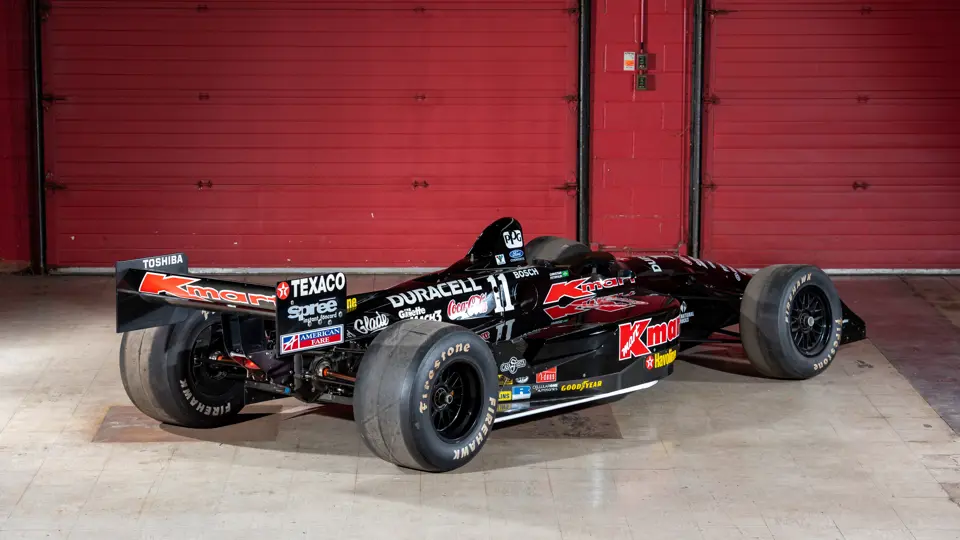

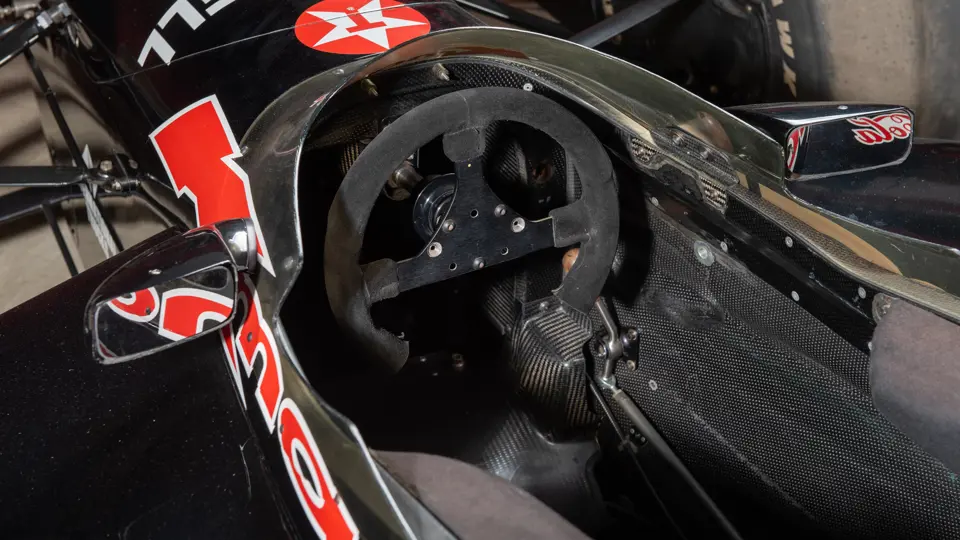

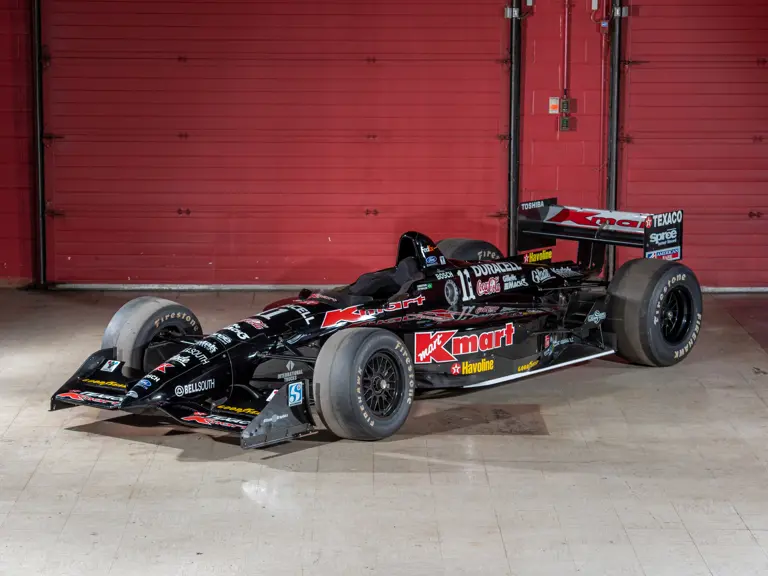
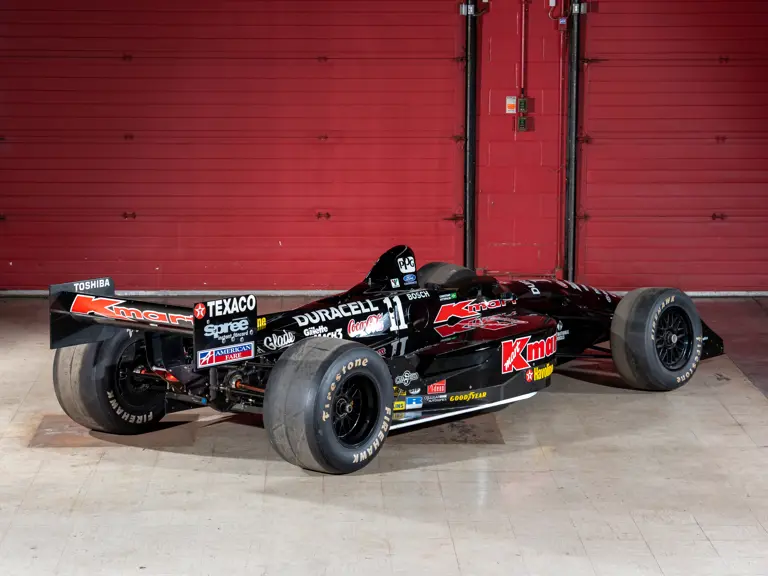

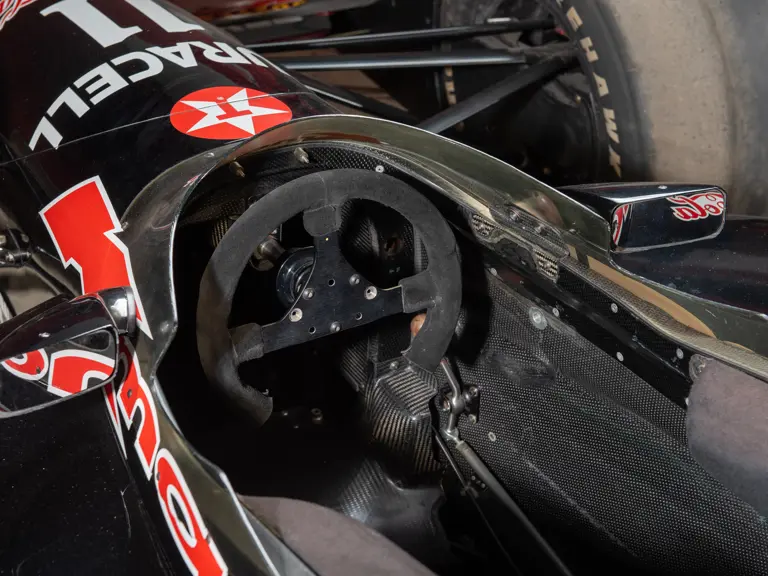
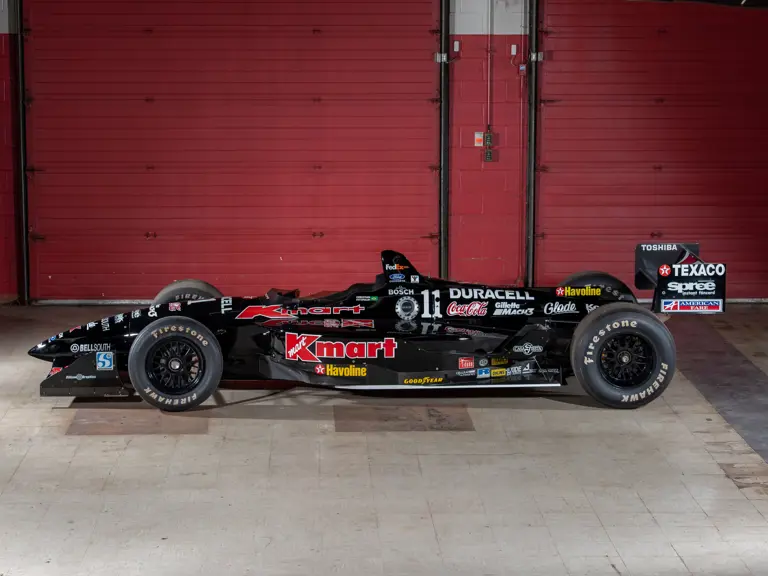
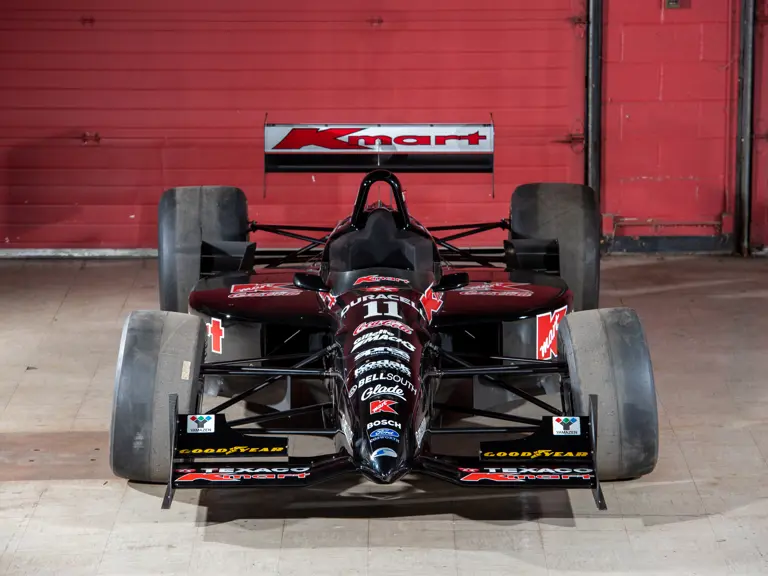
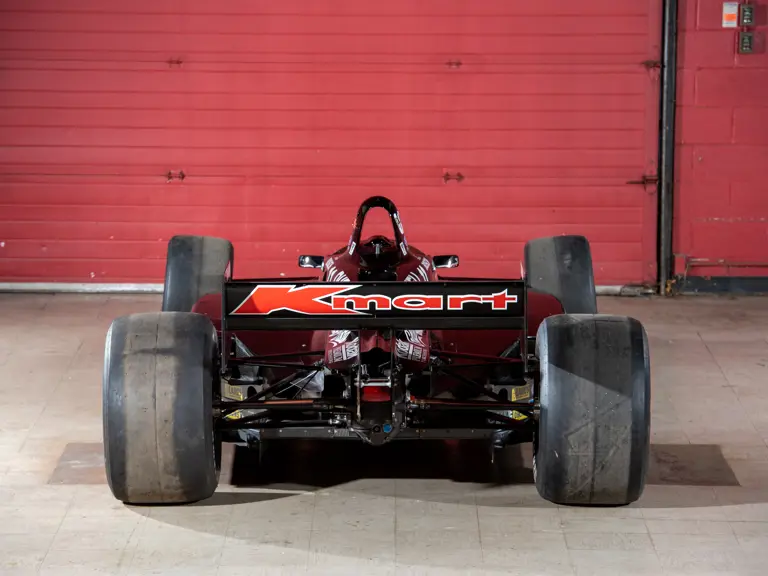
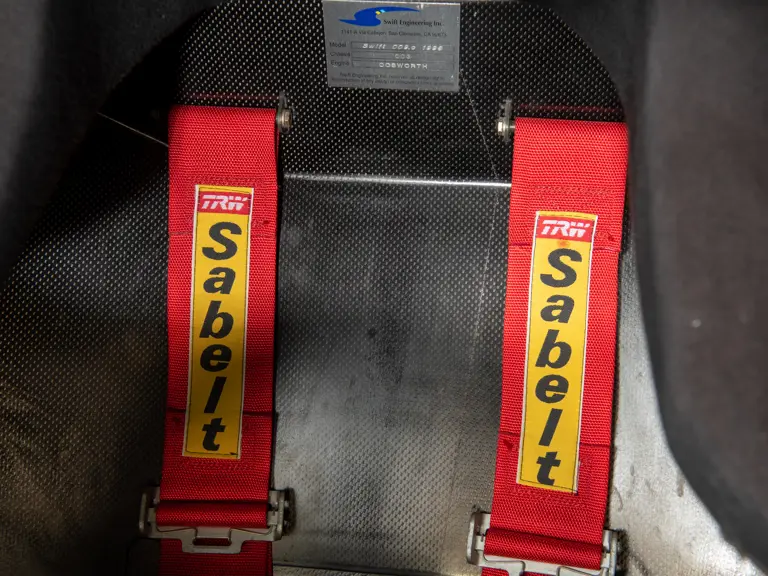


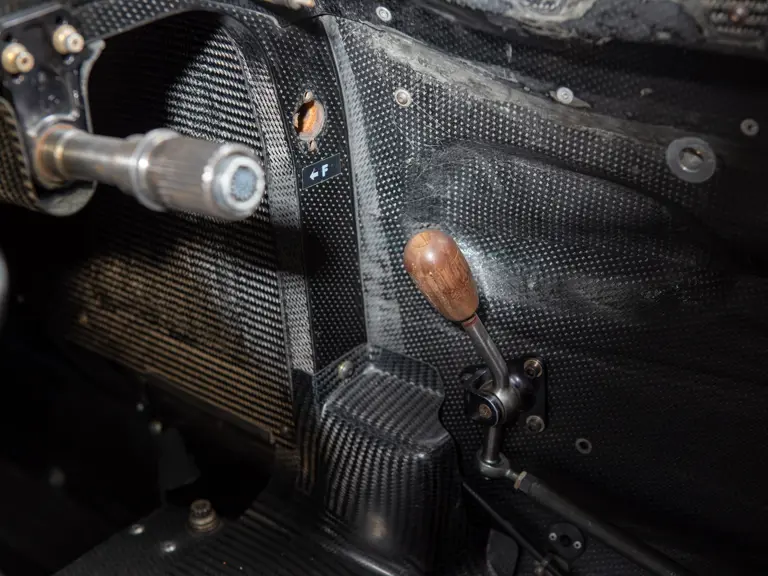
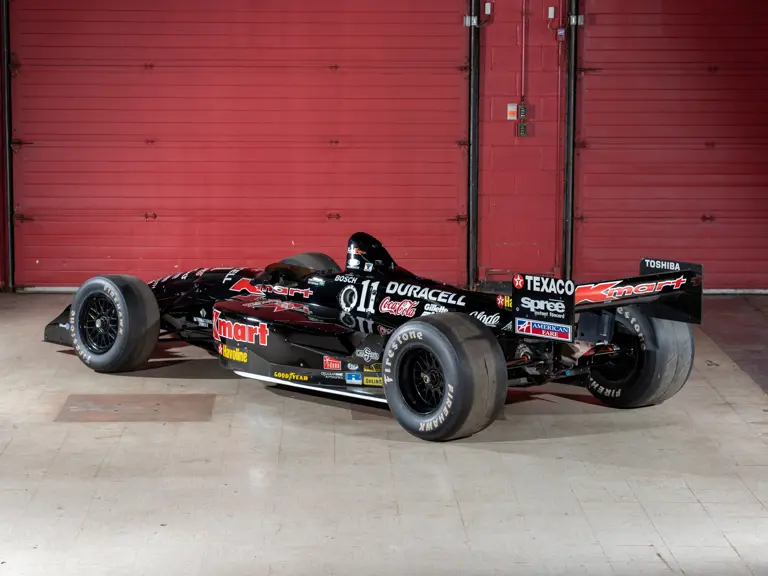
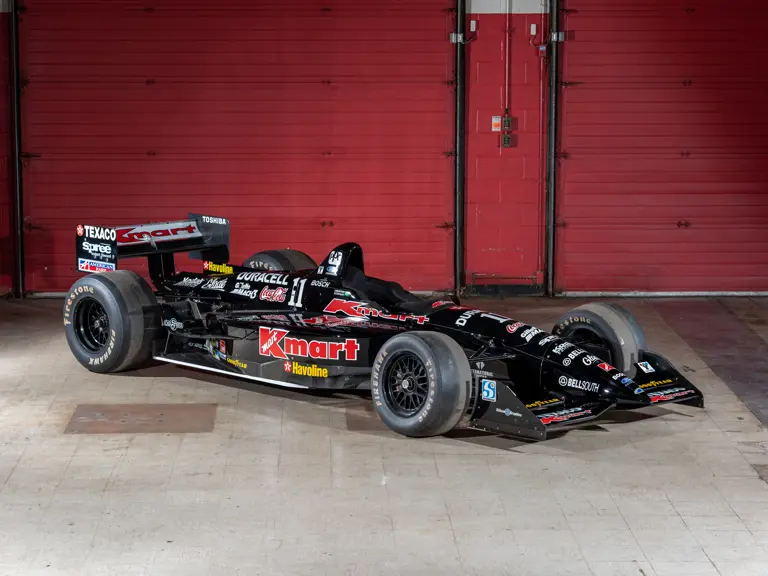
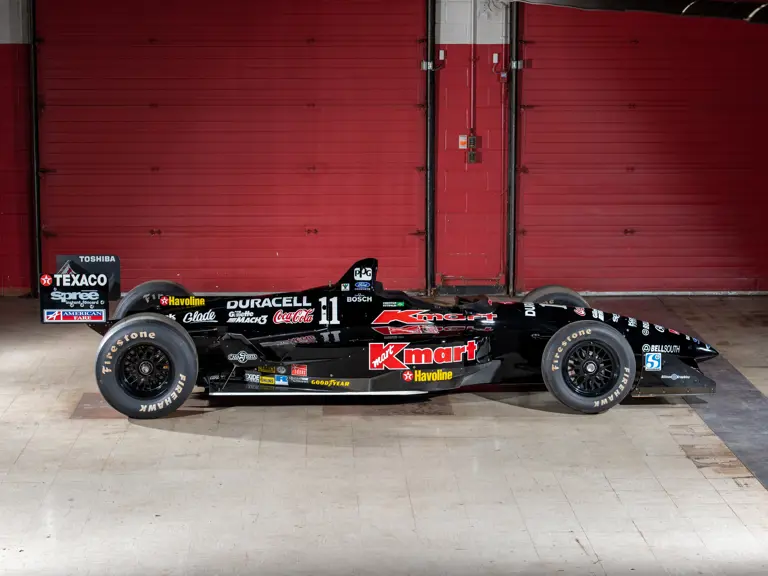


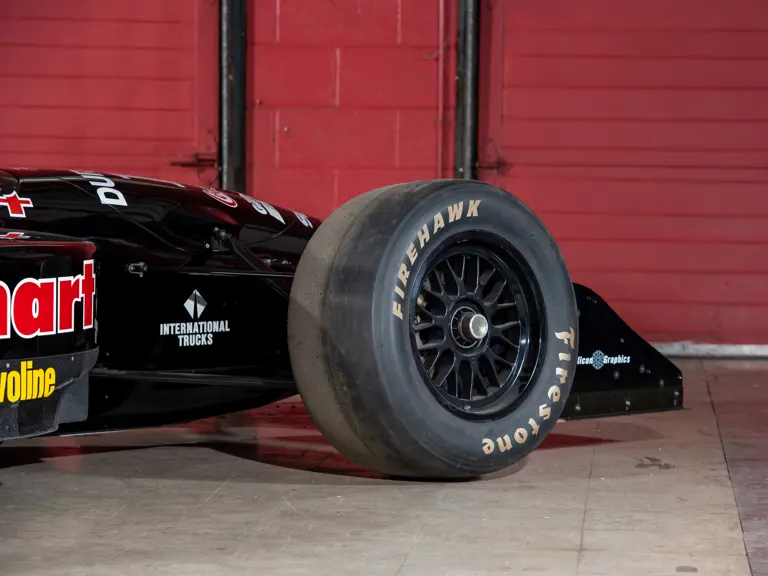
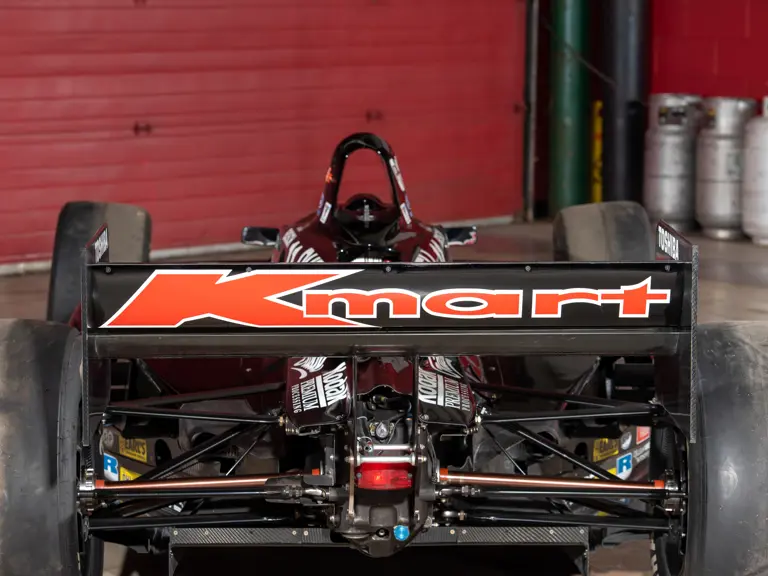
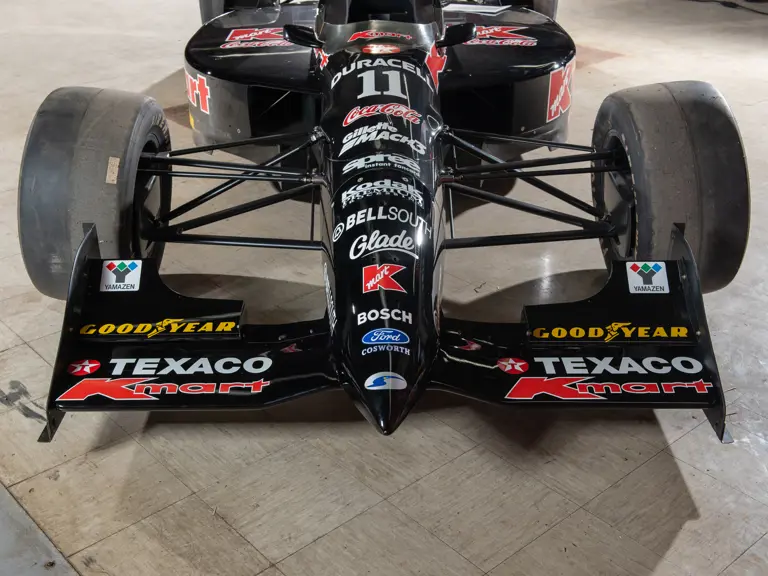
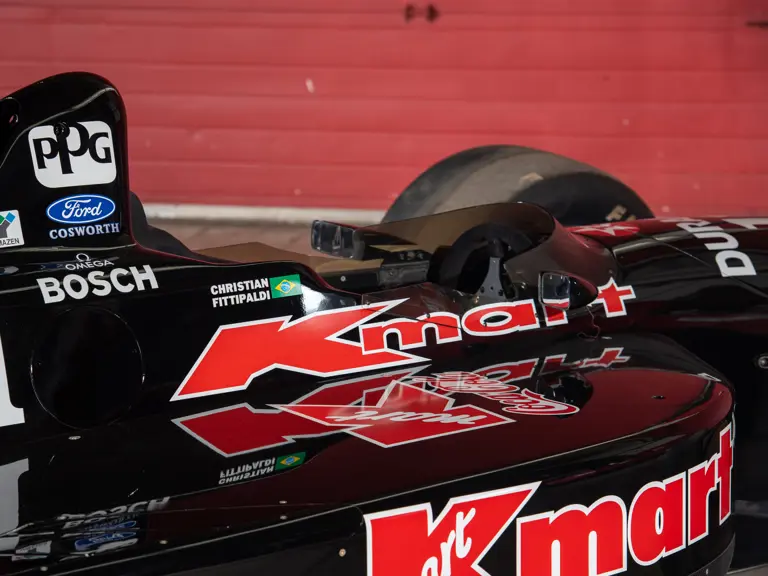

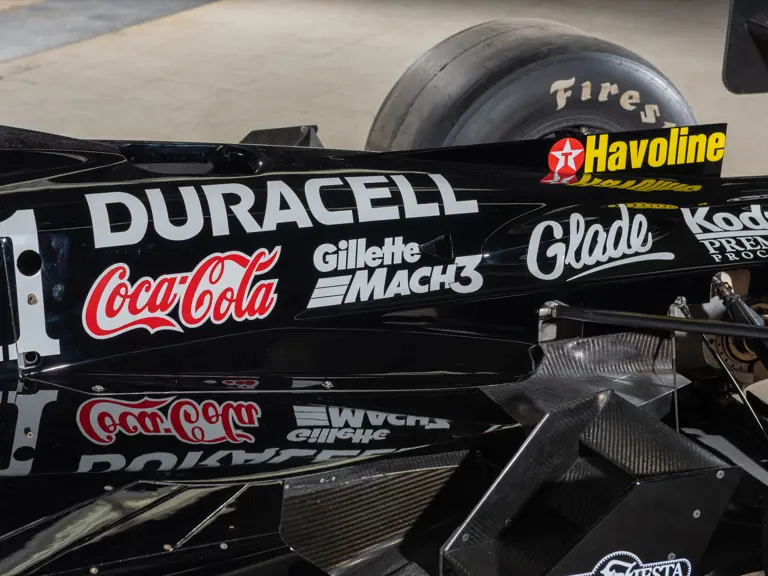
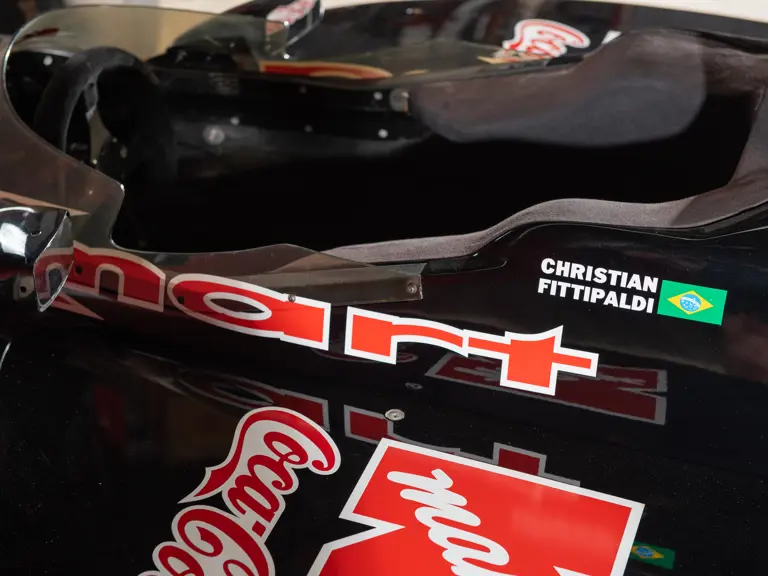
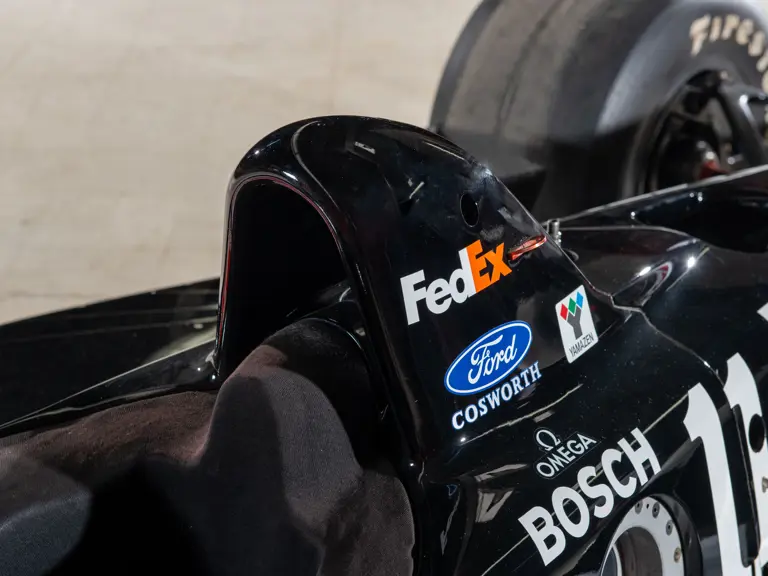
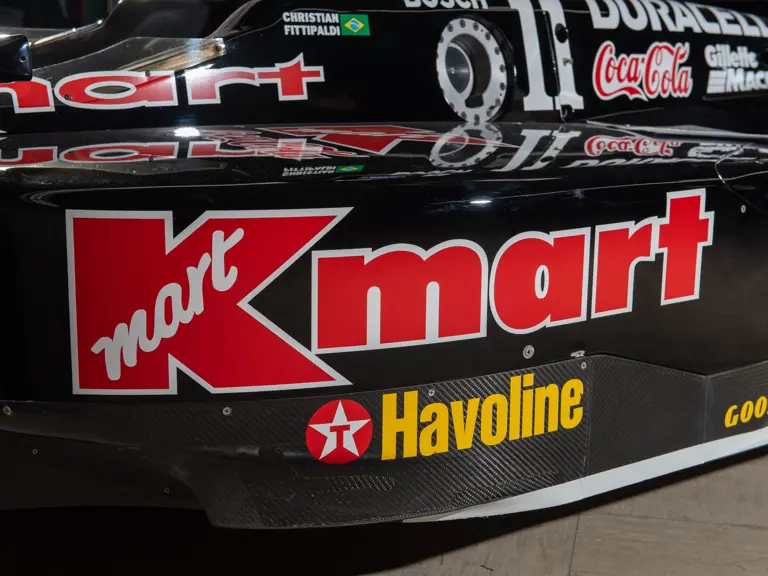
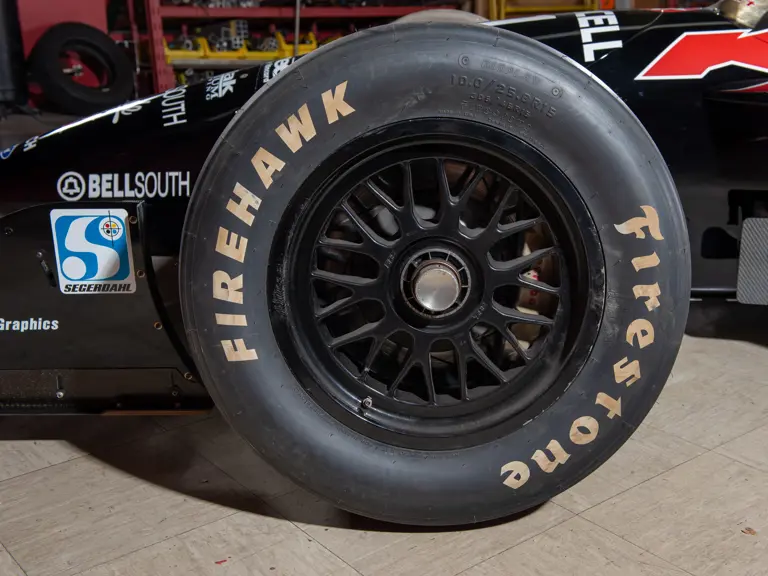


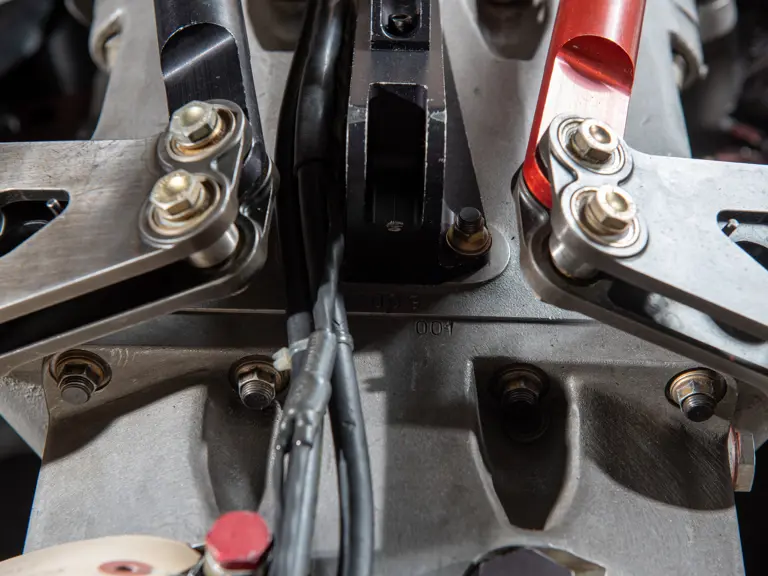


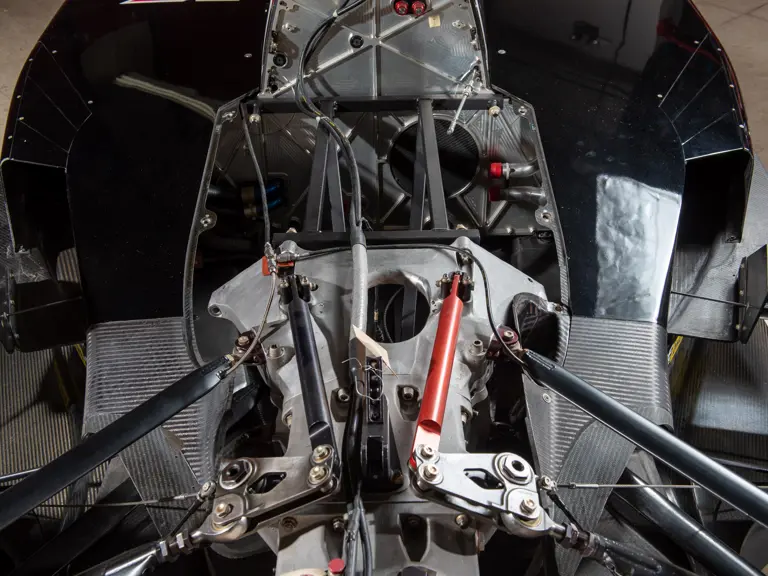
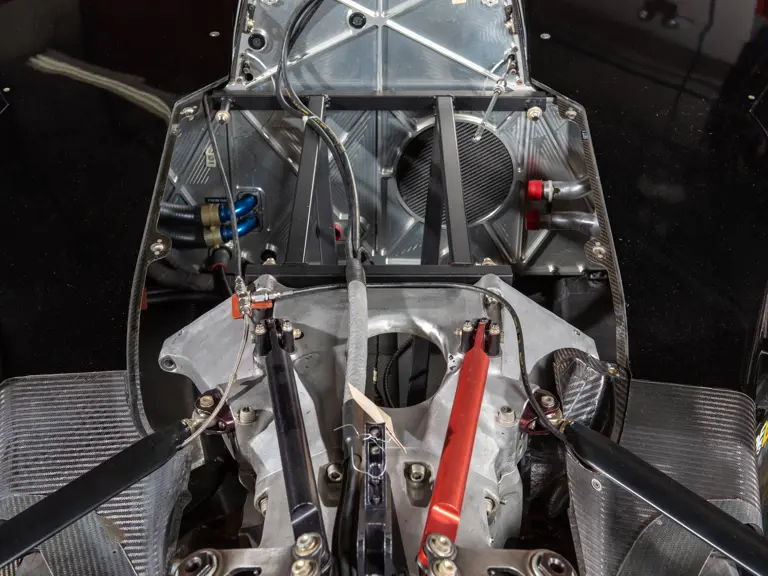


 | Lincolnshire, Illinois
| Lincolnshire, Illinois
